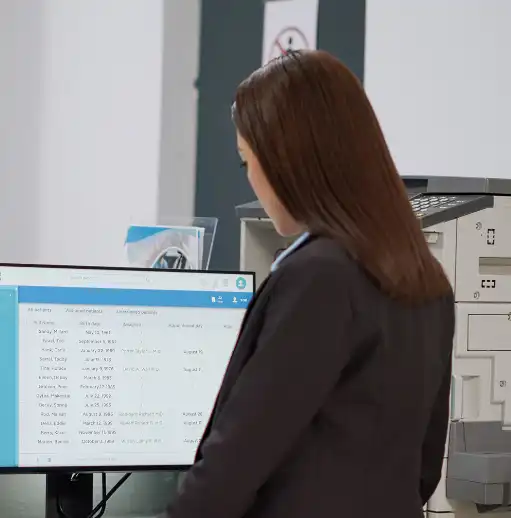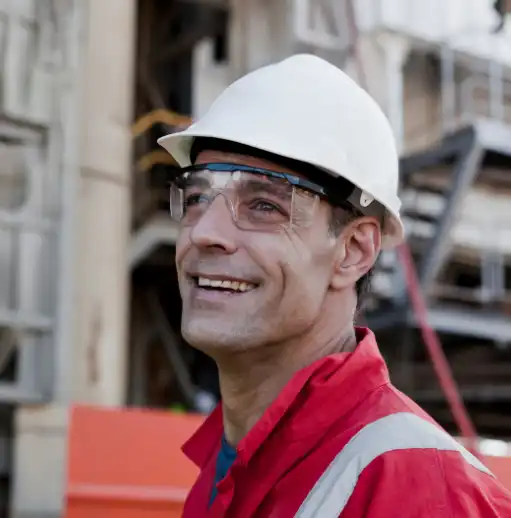In episode 157 of the Asset Champion podcast, host Mike Petrusky speaks with Steve Willis, FMP, vice president for specialty services at Mooring USA, where he’s a team builder, networker, and educator in the field of disaster restoration and commercial construction. They talk about future roles for facility managers in a built environment dominated by new technologies and aging buildings. They then explore how natural disasters, construction defects, HVAC problems, and plumbing failures can pose challenges for FM leaders. Steve believes that health and safety will continue to be a growing focus for the industry, with facility managers playing an essential role in maintaining safe and healthy environments. He encourages listeners to “find a partner, not a vendor” who can provide broader support and assistance beyond just their specific services.
Agenda
- Importance of building strong partnerships rather than simple vendor relationships
- Challenges and complexities of modern facility management and asset management
- Role of technology in managing assets and facilities, including remote monitoring and improved air filtration systems
- Industry trends, including robotics and lifecycle planning
What you need to know: Facility and maintenance takeaways
Takeaway 1: Partnerships are essential for effective facility management
“Find a partner, not a vendor. Vendors come and go. Partners are like family. Get to know them. I want to know the facility managers that I work with. I don’t want it just to be a phone call or an email,” says Steve.
Steve further elaborates with a personal anecdote: “I was called years ago by a very good partner that wanted to know where they could charter a helicopter. And that seems like a crazy question, but they didn’t know who else to ask and I had told them, call me with anything you need. I’ll try to help you. I know nothing about helicopters, but guess what? I got online, I found them a place to charter a helicopter, and we solved the problem.”
Takeaway 2: Technology integration is important for improving health and safety
“I think technology integration is going to be big in the future. I think robotics is going to be big in the future. I mean, we already have robots that can vacuum in a facility. I think that’s going to impact property management and lifecycle planning. I know they do it now, but I think in the future, the lifecycle of that building is going to be different,” explains Steve.
He then discusses the benefits of remote monitoring for water losses, which can improve response times and reduce disruption: “If they did have water damage in their building and a restoration company responds and we’re drying it out, we’re able to put sensors within that building. So we’re tracking the drying in real time and we’re not necessarily having to go out as often, although we do go out, we want to put hands on it, but we’re, you know, we do not have to interrupt their, their occupants, their clients as much as maybe we, we did 10 years ago because we can see the drying process remotely.”
Takeaway 3: Proactive preparation and problem-solving are key to managing facility risks
“We’re focused on it year-round, but I will tell you it’s heightened right now because we’re prepared. Preparing for hurricane season. I mean, we’re what, 3 weeks, almost 4 weeks into the official hurricane season. So, a lot of our time right now is spent meeting with existing clients, also with new clients, advising them, and just trying to help put a preparation plan together in the event that their property is impacted.”
Steve also shares insights on the day-to-day challenges that facility managers face, such as microbial growth and humidity issues, including a simple but significant problem that was affecting indoor air quality. “The janitorial team, they were putting a mop bucket with a mop that still had a bleach solution from a cleaner in one of the mechanical rooms every night when they left. Now, those sorts of issues are easy to solve. That doesn’t require restoration, that just requires some training and some new processes.”
Maintenance management insights
- Building strong partnerships with service providers is crucial for facility managers, as these partners can offer support and resources beyond their primary services.
- Facility and asset management have become more complex over the years, requiring a deeper understanding of technology and newer construction techniques.
- There is a wide range of potential disasters that can impact commercial properties, from natural disasters like hurricanes and wildfires to construction defects and mechanical failures.
- Technology, such as remote monitoring for water losses and moisture detection alarms, can improve the efficiency and effectiveness of disaster recovery efforts.
- The aging of buildings will require facility managers to adapt their strategies and focus more on life cycle planning and health and safety.
Take the Eptura™ Podcast Survey for your chance to win swag and then do a deep dive into more asset management insights by exploring all Asset Champion Podcast episodes.





